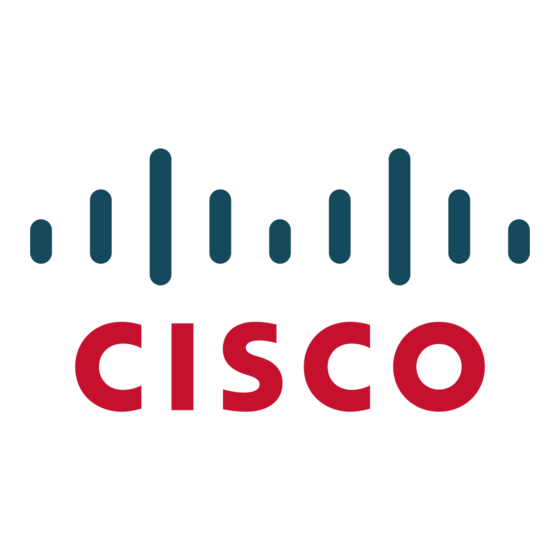Maintenance mode
if a video system has a major problem starting it will enter maintenance mode. in this mode you should
see a message on screen or Touch panel showing the ip address of the video system. You can access
the system using a web browser to perform some maintenance tasks.
When you access a system in this state you will see a warning.
Now you can select Maintenance where you have the options to:
•
perform a software upgrade
•
Factory reset the system
•
restart
NOTE
if you attempt a factory reset please obtain the logs from the system first. A factory
reset deletes all logging information. Should you involve support they will need the logs
from the system. Go to
Diagnostics -> Log Files
(see "Basic log capturing" on page 28)
Swapping the software image
in maintenance mode you can also SSH into the system where you have some additional options,such
as to swap software banks and get logs files. The codec has two locations for software. Using the
command below you can change back to the previous version of software installed. This hopefully
clears the problem and you can then upgrade back to the current release.
1.
To see which memory bank is being used enter the command: selectsw
2.
The result shows that the active software image is image2.:
image1
image2 [ACTIVE] [SELECTED]
3.
To swap to the alternate bank (previous version prior to upgrade) enter the command:
selectsw image1
result: Switching to image1
4.
5.
To complete the swap you have to reboot the system by entering the command: reboot
Your system may have Image1 as [ACTiVE] [SElECTED]. in this case you would use selectsw image2.
You can also retrieve logs from the system by ensuring the SSH session is being captured to file and
entering: log. You will then see all the logs being output onto the screen.
D15029.01 Troubleshooting Guide TC6.0, April 2013.
and download all the current and historical logs
Upgrading and downgrading software
To upgrade the system manually use the web interface. From TC6.0 this is a two step process. First
upload the image and then apply the upgrade to the system. Alternatively you can check Upgrade
automatically after upload for the upgrade to be applied immediately
WArNiNG
release keys are needed for major upgrades. See "release and option keys" on page
27 for more details.
Cannot downgrade
please see the Hardware compatibility section below if you are having issues with your system not
downgrading.
Upgrading issues
Ensure you are using the correct image for your system. We offer two versions of the software TC and
TCNC. TCNC is a version with media encryption disabled. if you have a version of TC and mistakenly
upgrade to TCNC software, you will get a message saying you need a new release key even though
you have enterer a valid TC6 release key. To solve this obtain the correct software file and go through
the upgrade process again.
•
For TC6.0 on C Series, EX and MX the normal software is file is s52000tc6_0_0.pkg. The
non-crypto version that requires a different release key is s52001tcnc6_0_0.pkg.
•
For the SX20 the normal file is s52010tc6_0_0.pkg and the non-crypto version is
s52011tcnc6_0_0.pkg.
•
For CUCM users software upgrades are usually applied automatically to the system.
if you have a Touch interface and cannot upgrade your system, check the following field alert:
http://www.cisco.com/en/US/ts/fn/634/fn63448.html
To read more about release and option keys, see "release and option keys" on page 27.
Hardware compatibility
Due to replacement of hardware components there are some constraints on running older software
on newly manufactured endpoints. This is due to end of life of some components and introduction of
new components that require support in the software.
To see a hardware compatibility guide please review the
20
Troubleshooting Guide TC6.0
release Notes for TC6.0
on the Cisco web site.
Copyright © 2013 Cisco Systems, Inc. All rights reserved.

